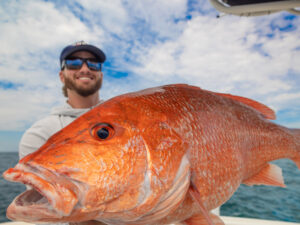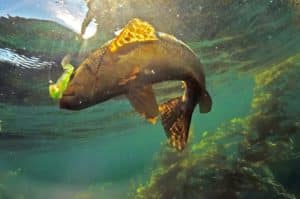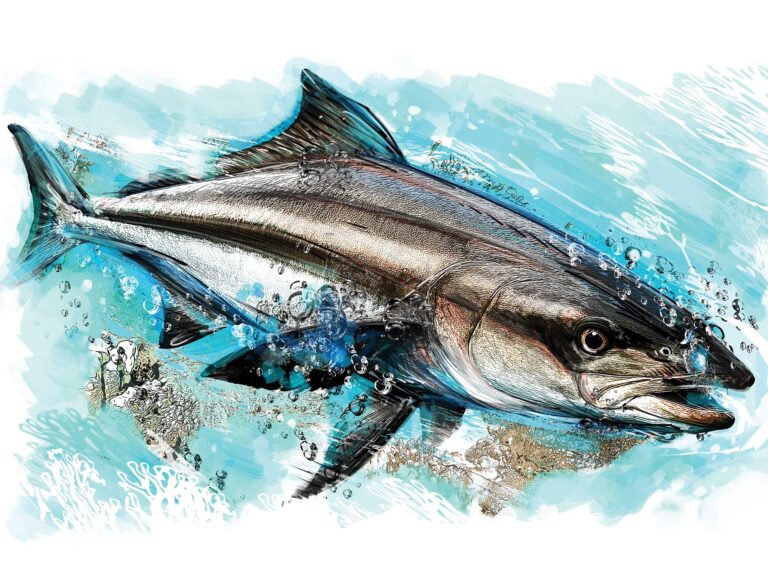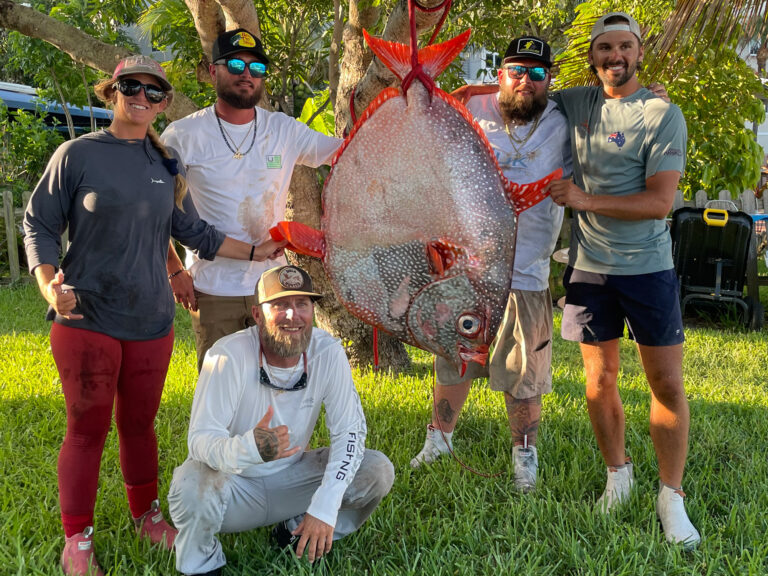Bluefin tuna are widely considered one of the world’s very greatest of game fishes thanks to their size, strength and stamina. They are of course also one of the most valuable of fishes commercially, thanks mostly to the coveted status of prime bluefin flesh in the sushi/sashimi market in Japan (which gobbles up about 80 percent of bluefin tuna consumed worldwide, according to one estimate).
There are three recognized bluefin tuna (BFT) species on earth: the Atlantic, Pacific and southern bluefin. All attain an impressive size, with Atlantic BFT reaching at least 1,500 pounds.
None of the species can boast of populations in good or even fair shape. But after years of dismal annual reports by scientists, things may be looking up.
For Thunnus thynnus , the Atlantic bluefin, there’s widespread agreement that the population has been showing growth in the past few years. While bluefin numbers remain depressed, the governing international management body has felt that population growth has justified increasing catch quotas this year for both eastern and western stocks. (Though there is but one species, scientists recognize these two discrete stocks in the Atlantic, and have documented transoceanic mixing.)
While fishermen generally welcome any increase in catch limits this year, not everyone is thrilled. Pew, which has taken a very active role in bluefin-tuna management, had recommended the total allowable catch remain at its recent annual level of 1,750 metric tons, but in fact, at 2,000 metric tons, it’s set at 14 percent more than the previous year.
Domestically, NOAA’s passage of something known as Amendment 7 offers some of the strongest provisions yet to protect bluefin in U.S. waters. First, a long-overdue cap on longline bycatch is expected to reduce bluefin harvest by about 44 percent, and that, according to Wild Oceans, will save about 600 large bluefin this year.
Second, at last NOAA has closed part of the Gulf of Mexico — where all western Atlantic BFT spawn — to longline fishing in April and May (though many fishermen and environmentalists feel the closure should be for a longer period). That will reduce bluefin bycatch by longliners targeting yellowfin and swordfish. Ditto an area that will be closed off Cape Hatteras in winter to protect feeding bluefin. Together, that saves another 200 to 300 big breeders annually, says Wild Oceans.
Finally, NOAA is requiring video cameras aboard longline vessels to monitor and enforce new limits.
The news is positive for Thunnus maccoyii , the southern bluefin, found in temperate waters of Atlantic, Pacific and Indian oceans in the southern hemisphere. Recently in dire straits, southern bluefin stocks also appear to be recovering. Australian biologist Julian Pepperell, who specializes in big marine fish, is bullish on southern BFT “provided fishing nations stick to the management regimes.”
Here, again, the total allowable catch has been increased. Commercial interests in Australia look for the best southern BFT season in more than 20 years. However, the improved population remains a long way from healthy, with the 2014 assessment putting stocks at an unimpressive 9 percent of unfished levels.
Of the three tuna species, the Pacific bluefin, Thunnus orientalis , has the greatest geographical range, extending from eastern Asia to the North American west coast (where they’re seasonally important and popular in the Southern California offshore recreational fishery).
The Pacific version is also in the worst shape by far; NOAA estimates its spawning-stock biomass is down to just 4 percent of unfished levels. If there’s any good news for T. orientalis , policymakers in three separate agencies governing the species actually set catch limits this year for the very first time. However, as Pew has noted, there is still little agreement among these agencies, and rebuilding plans put forth are woefully inadequate.
So the takeaway in this status report suggests that while none of these amazing pelagic predators is beyond concern, things are hopeful for two species, but remain dire for one. All species support popular, economically significant recreational fisheries; hopefully, we can make populations of these amazing animals healthy once again.









